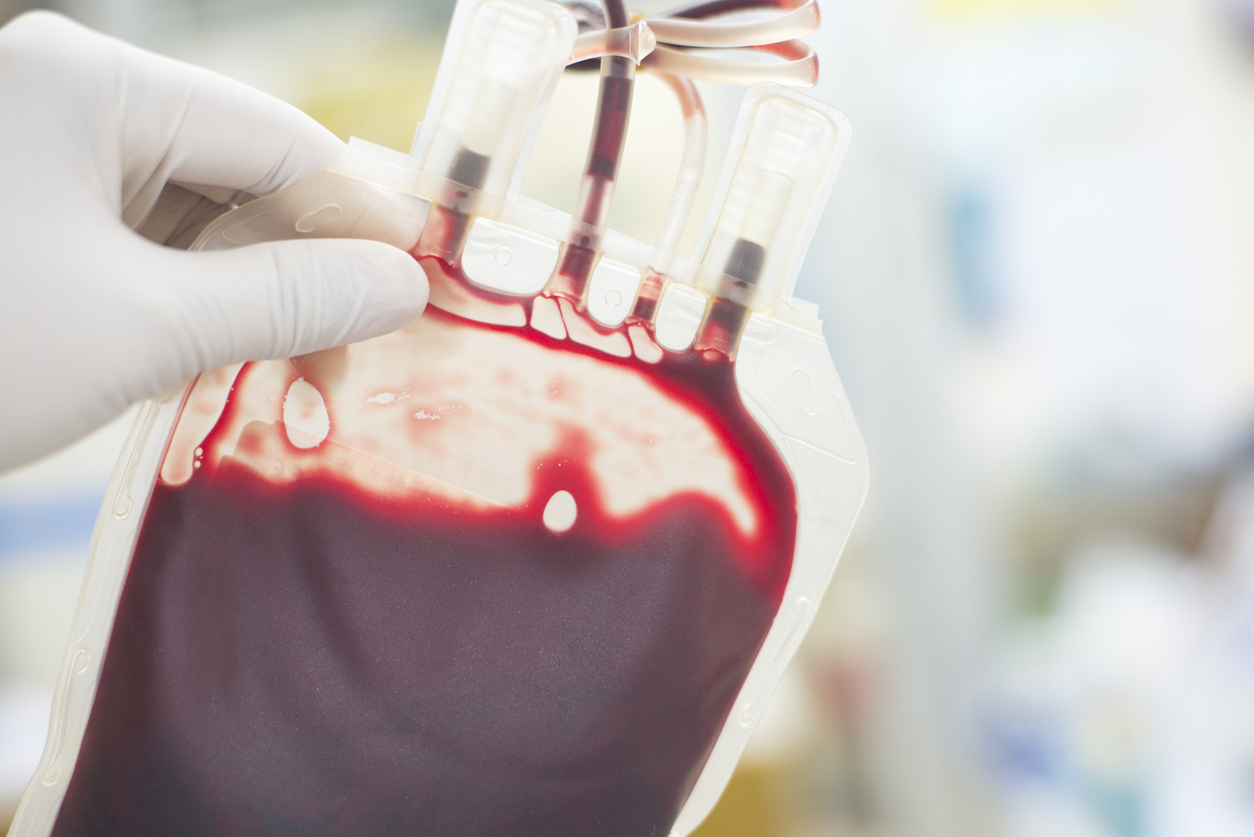
Perhaps the most compelling arguments for making whole blood programs readily available are that they are beneficial to patients and that they have the potential to save lives. They are also relatively easy and inexpensive to implement, which makes them more feasible to EMS practitioners than other options.
What is commonly referred to as “whole blood” is fresh or refrigerated blood commonly used to treat people with hemorrhagic shock. It is usually Type O positive, to ensure broader compatibility in a field emergency situation.
Why whole blood is crucial in an emergency
Medical care technology has advanced significantly over the past few decades, particularly in the pre-hospital care sector. Even so, there are still a huge number of preventable deaths every year resulting from trauma. Many of these fatalities are related to hemorrhagic shock, which accounts for more than 40% of trauma-related deaths.
To be sure, the past 20 years has thought the medical industry a lot in terms of how hemorrhagic shock can be treated. In particular, the MARCH and HABC algorithms shows that treating massive hemorrhage should be prioritized over clearing airways in an emergency medical situation. In most cases, this means replacing lost blood apart from just stopping bleeding.
Some EMS crews administer crystalloids and colloids in cases where the patient has lost a lot of blood. But this practice is rejected by many of the most ardent blood program supporters. For them, only whole blood is an acceptable replacement for blood that has been lost by injured individuals.
Opposition to whole blood availability for EMS personnel
Despite the benefits of having whole blood readily available in emergency medical situations, some have opposed the policy of supplying it to EMS personnel. The most common criticism is that it is too risky to administer blood to patients without knowing their blood type. There are also concerns about logistics problems associated with carrying blood onboard EMS vehicles.
Why should EMS teams be allowed to carry whole blood?
There are many good reasons why emergency medical personnel should be allowed to implement whole blood programs and carry whole blood in their vehicles. Among the most compelling of these are:
1. Conclusive research supporting the value of whole blood for hemorrhagic shock treatment. Research has shown that whole blood administered to trauma patients greatly improved patient outcomes. These studies support what military and civilian medical personnel have known all along.
2. The superiority of whole blood versus components. Whole blood is far superior to components in terms of content and benefit. It has a better plasma ratio and includes essential clotting factors that aren’t present in components.
3. Widespread support for whole blood programs. Whole blood programs are supported by many reputable organizations, including Memorial Hermann’s LifeFlight, Cypress Creek EMS, and Harris County ESD #48. These and many other agencies have highlighted the feasibility of implementing whole blood programs.
4. The feasibility of training EMS personnel to administer whole blood transfusions. Most emergency care personnel already have sufficient training in administering blood products. This includes nurses and paramedics, who are legally allowed to provide blood products to trauma patients. Allowing EMS personnel access to whole blood allows them to administer it when necessary just as if it was another blood product they are trained for.
5. Minimal equipment requirements for administering whole blood transfusions. Surprisingly, performing whole blood transfusions doesn’t require a lot of specialized equipment. In most cases, EMS personnel already have everything they need to administer whole blood.
6. Partnerships to reduce blood waste. Many whole blood programs involve partnerships with local medical providers. Among other benefits, these partnerships reduce blood wastage by donating blood products to local hospitals before they expire.
7. Whole blood treatment utilizes best-practice protocols. Finally, whole blood programs conform to the latest medical care protocols. This association can boost the reputation of an emergency medical services team and make the agency more attractive to prospective workers and also reduces turnover rates by instilling a sense of pride among company employees.
As you can see, the case for allowing EMS personnel to carry whole blood in their vehicles is quite compelling. Unfortunately, whole blood programs still face harsh criticism from detractors. Even so, having EMS teams carry whole blood will become standard practice in the future.
About Provident Insurance Programs
With roots dating back to 1902, Provident Insurance Programs is a program administrator that serves paid and volunteer firefighters in addition to emergency medical responders with numerous custom-tailored insurance programs. We’ve also extended our expertise and experience to offer benefit plans and coverages to participant groups as well as Transportation Benefits. We are committed to continuing to provide superior customer service, and would be happy to speak with you to provide further information. Give us a call today at (412) 963-1200 to speak with one of our representatives.


